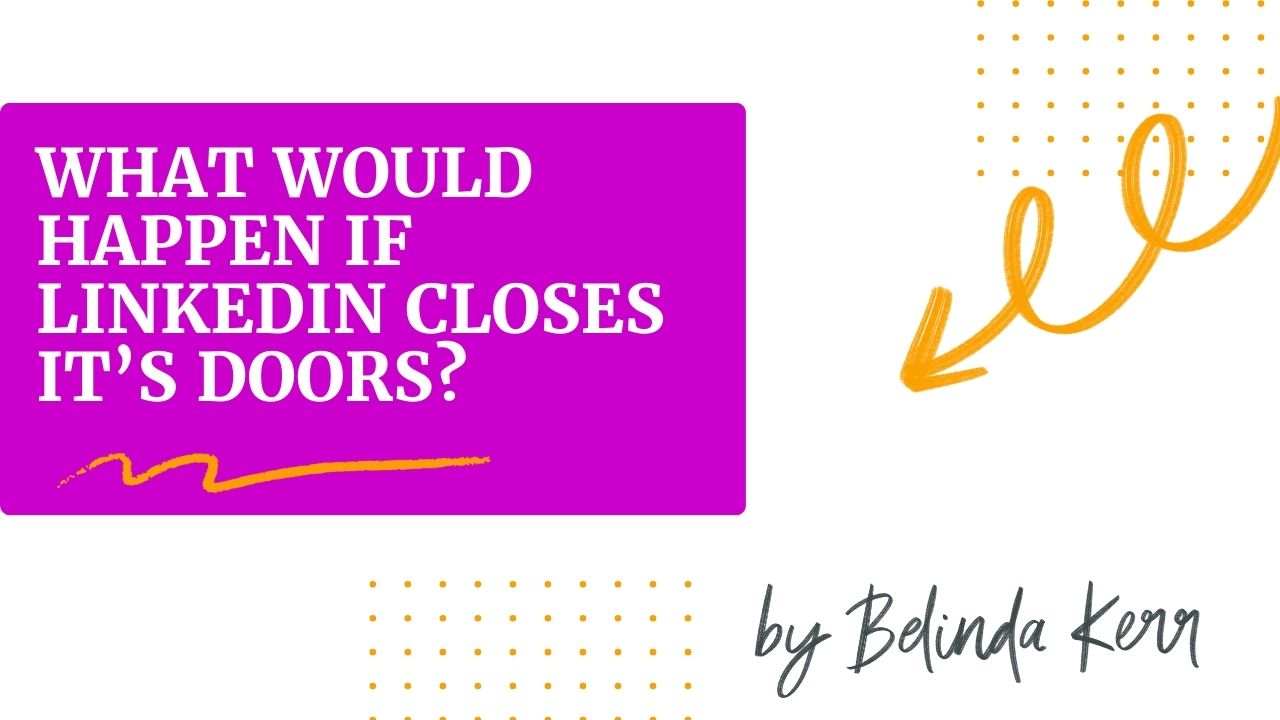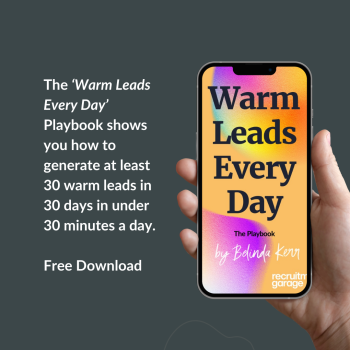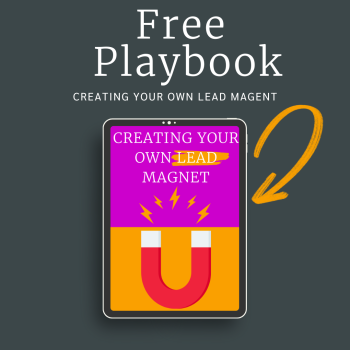Ever wondered what would happen to your business if LinkedIn vanished tomorrow? It’s a thought-provoking question, especially considering how much we depend on these third-party platforms. LinkedIn has been a goldmine for many of us, helping drive connections and revenue. But the heavy reliance on it also makes us vulnerable. So, how can you make your business less dependent on LinkedIn and other similar platforms? Let’s dive in.
The Illusion of Control on LinkedIn
When you post on LinkedIn, you might think you’re in control, but you’re not. LinkedIn’s algorithms decide who sees your content. They determine whether your post reaches certain connections, often without you knowing why. This lack of control can be frustrating, especially when compared to the control you have over your own email list.
Remember the Tagging Feature?
Do you remember when LinkedIn allowed us to tag our first-degree connections? Many of us meticulously tagged our contacts, thinking it was a great way to organize our network. But then, LinkedIn removed the feature, rendering all that effort useless. This experience highlights the risk of building your business processes around third-party platforms. If they change the rules, you’re left scrambling.
The Risk of Building on Rented Land
The key takeaway here is to avoid building your business on “rented land.” LinkedIn, Facebook, Instagram – they all fall into this category. You don’t own these platforms, and their rules can change overnight. What you do own is your email list, your website, and your community. These are the assets you have full control over.
Shifting Focus to Your Own Database
Interestingly, many people have more connections on LinkedIn than in their own database. This is a missed opportunity. Your goal should be to bring those LinkedIn connections into your own database. This way, you can control the communication and ensure your messages reach the intended audience without the interference of LinkedIn’s algorithm.
Strategies to Build Your Own Database
There are several ways to transition your LinkedIn connections to your database. Lead magnets, such as salary surveys or free resources, are effective tools. By offering something of value, you can encourage your LinkedIn contacts to share their email addresses. Once they’re in your database, you can nurture these leads through targeted email campaigns.
LinkedIn as a Database
Beyond branding, LinkedIn is a powerful database. Use it to identify key contacts in your market. Once you’ve found them, develop strategies to move them into your own database. This approach ensures that you can continue to communicate with them, even if LinkedIn changes its rules or disappears altogether.
The Bottom Line
Ask yourself: if LinkedIn closed tomorrow, how vulnerable would your business be? If the answer makes you uneasy, it’s time to take action. Leverage LinkedIn for its benefits, but don’t let it control your business. By focusing on building and nurturing your own database, you can safeguard your business against the unpredictability of third-party platforms.
Remember, it’s all about control. Own your audience, own your communication channels, and never be at the mercy of platforms you don’t control. Have an awesome week and start taking those steps today!









